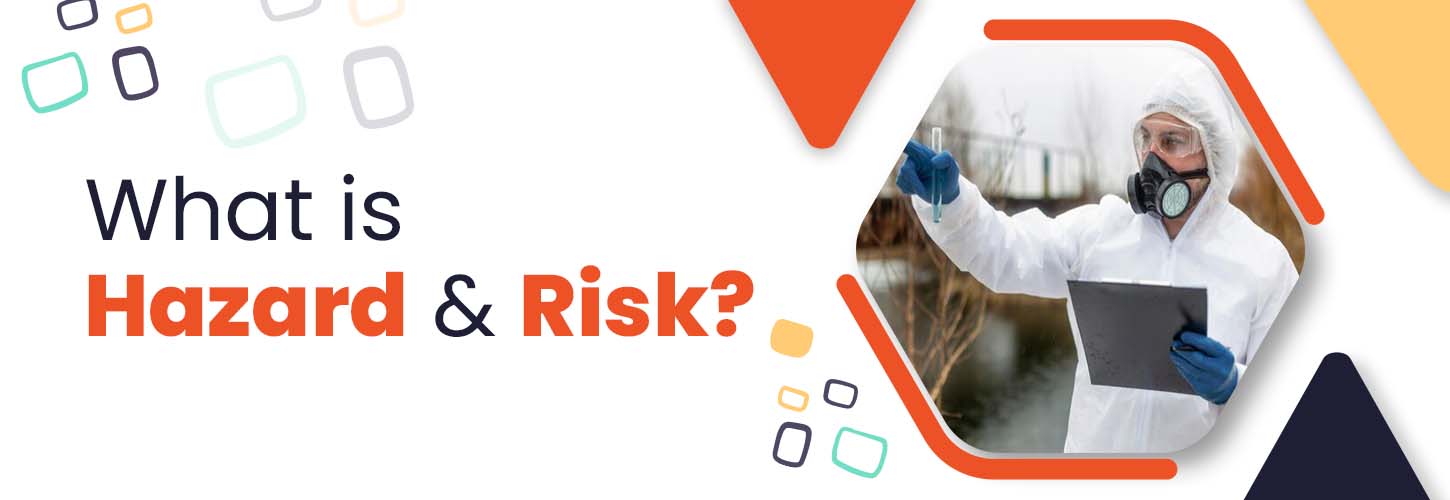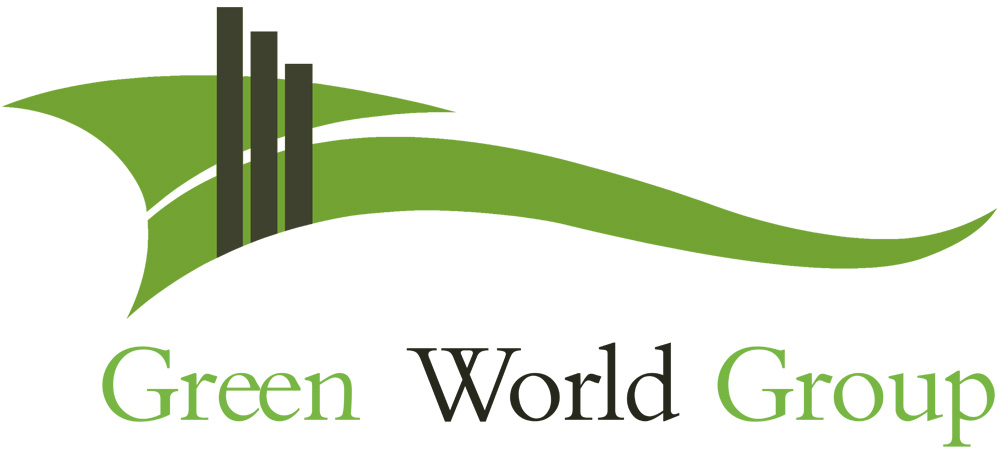The statistics are shocking. The Health and Safety Executive reports that 1.4 million people in the UK are currently suffering from a work-related illness or injury. 555,000 injuries occur every single year at work. A staggering 144 people were killed at work in the year 2017/18. It is critical for employers to actively assess and implement strategies to avoid harm to their employees. As the numbers show, numerous employers still don’t take this responsibility seriously. When asked: “what’s the difference between hazard and risk?”, many of our students are unable to give an answer.
Hazard is something which has potential to cause harm.
- Hazard might be Injury, or damage to people, property, or the environment.
- Hazard might be at work place, residency, public spaces and recreational areas.
Hazards can be broken down into two basic categories:
Hazards can be broken down into two basic categories:
Acute Hazard:
These hazards typically cause immediate harm.
Chronic hazard:
These hazards are not immediately apparent, and can have more of a hidden issue.
Types of Hazard:
Physical Hazard.
- Chemical Hazard.
- Biological Hazard.
- Ergonomic Hazard.
- Psychological Hazard.
- Radiation Hazard.
Hazard Which Leads to Risk
Risk is likelihood of harm occurring resulting severity of harm occurred. It’s important to note that risk cannot be completely eliminated, but it can be managed and reduced.
Risk can be reduced through decision-making, risk mitigation strategies, and continuous monitoring and adaptation to changing circumstances.
Workplace Hazard & Risk Example
HAZARD
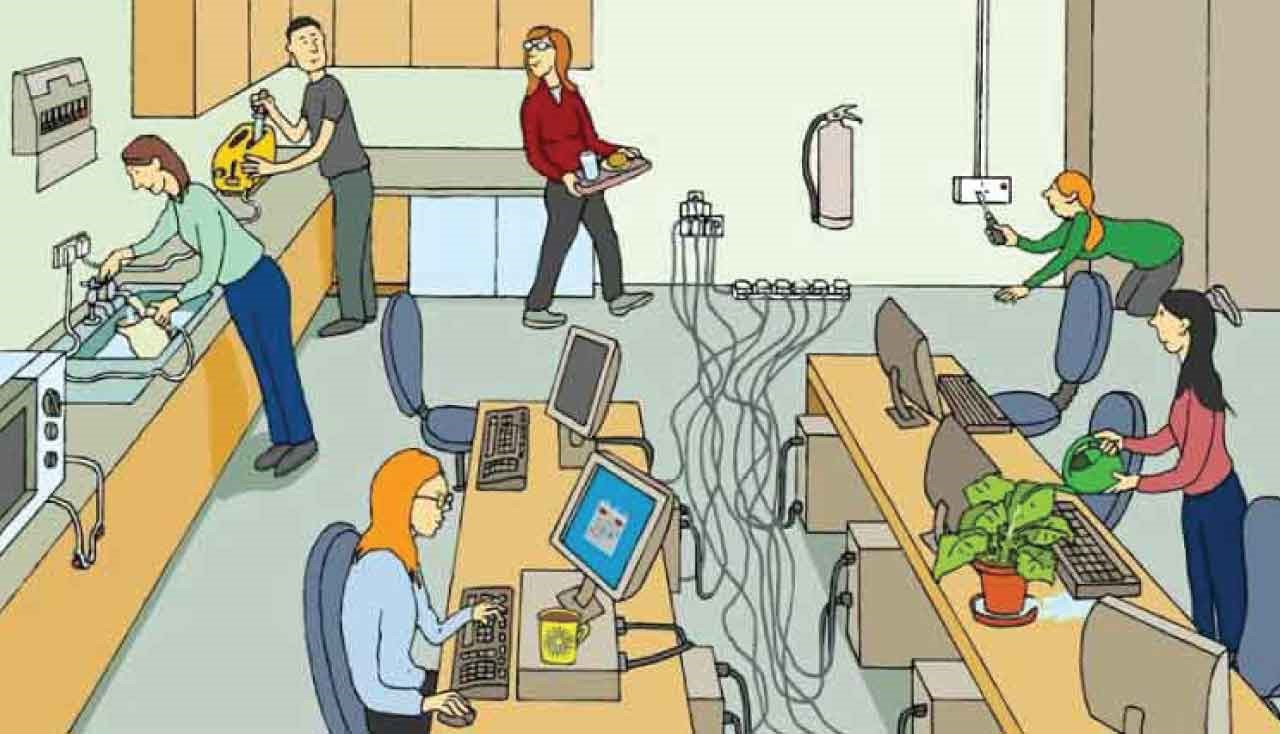
RISK

Electrical Fire:
- Over a third of all major injuries to workers every year through electrical fire.
- 20% of ‘over 3 day’ injuries.
- More than half of all serious injuries to members of the public in workplaces.
Do you think there is Hazard & Risk is Zero?
We can mitigate the risk with necessary control measures but we can’t make it Zero. Identifying and assessing hazards is an essential step in managing and mitigating risks. The answer is big NO! Still there is minimum risk e.g. 1 at risk matrix.
Cause of Fire Statistics: Between time period 2018-2020
Cause of Fire Statistics: Between time period 2018-2020
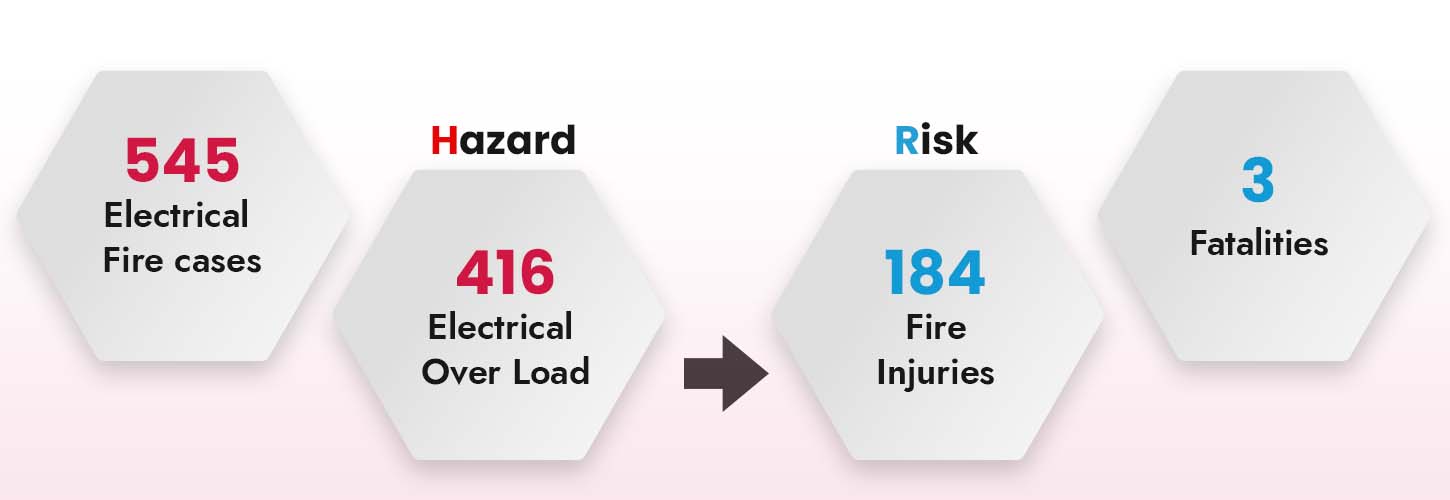
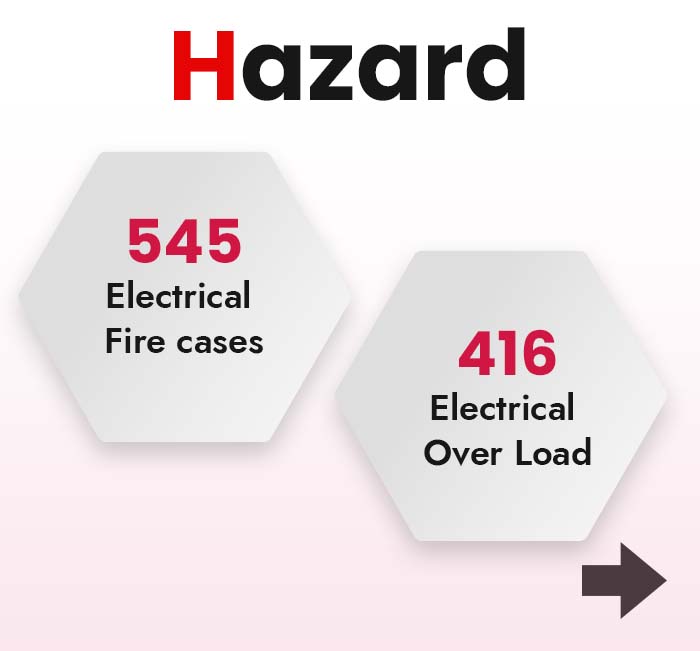
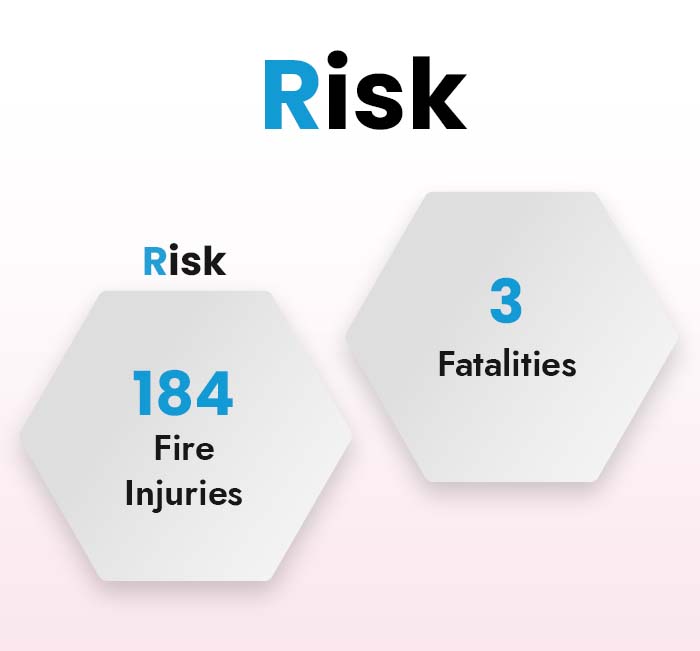

- Risk can’t be measured.
- Risk can’t be substituted.
- Risk can be mitigated.
Risk Matrix is the effective mentioned to mitigate the risk which simultaneously reduce the work place hazard.
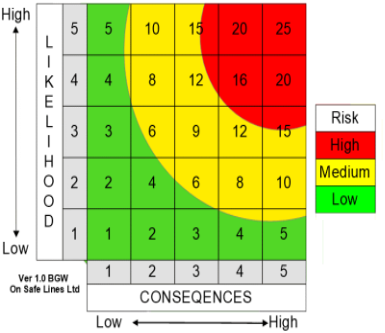
Let’s Go with some Example for Hazard and Risk:
For example, a hazard could be a forklift truck. It has the potential to cause harm, to those using it, and to those working around it. Before we look at the risk associated with this hazard, let’s talk about what a risk is.
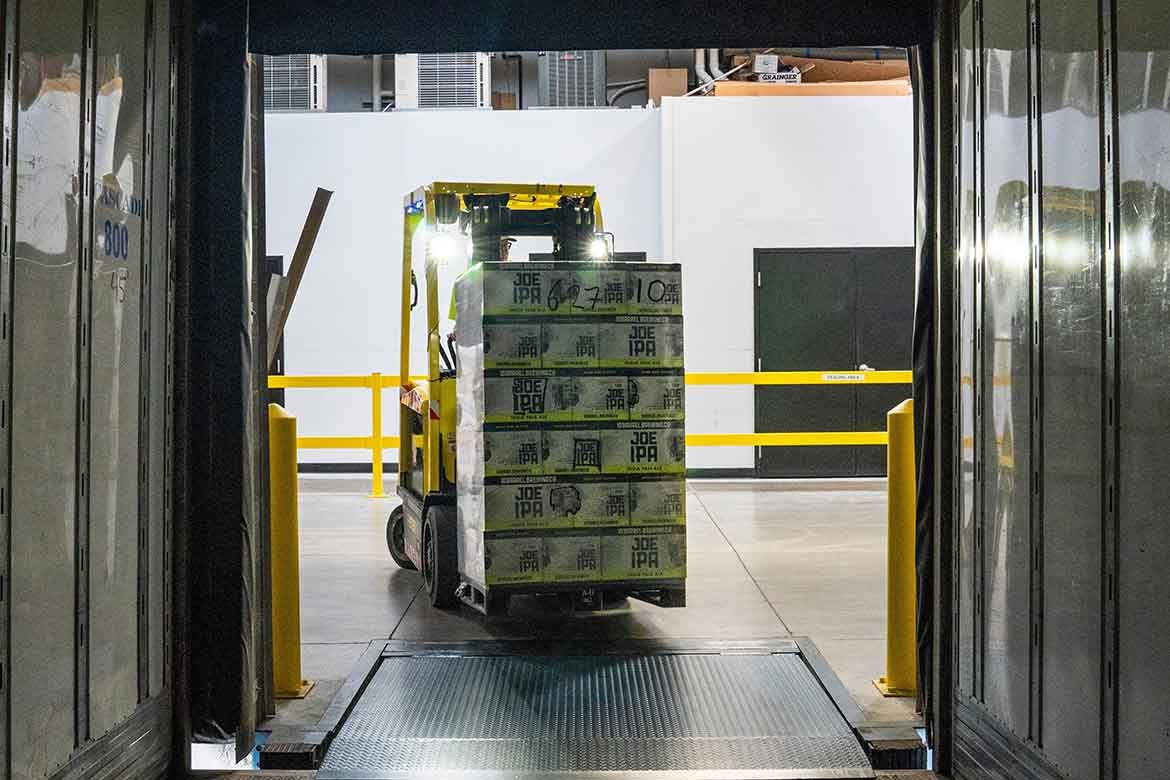
For example, a hazard could be a forklift truck. It has the potential to cause harm, to those using it, and to those working around it. Before we look at the risk associated with this hazard, let’s talk about what a risk is.
A Risk is the chance that somebody could be harmed by the hazard. A risk calculates how likely it is that someone will be hurt, and how severely.
The risk is assessed based on the severity of the harm and the likelihood of harm occurring. A risk may be high or low taking into account these two factors.
Likelihood x Severity = Risk
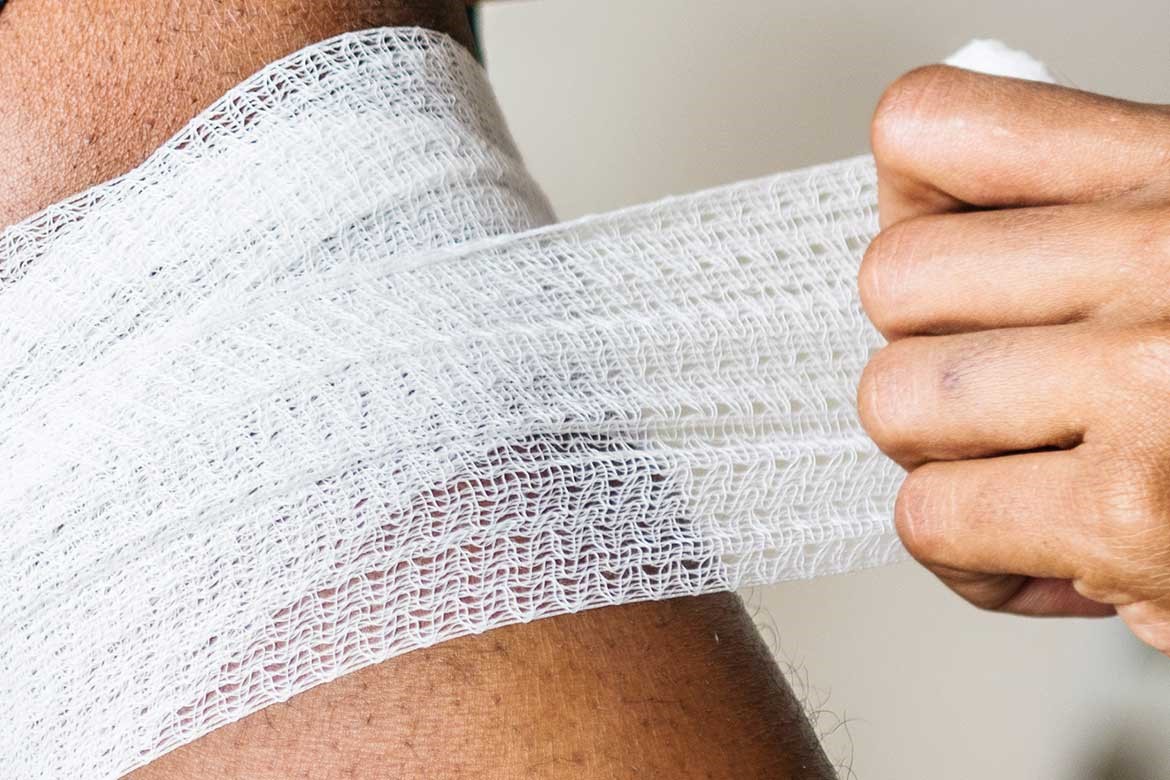
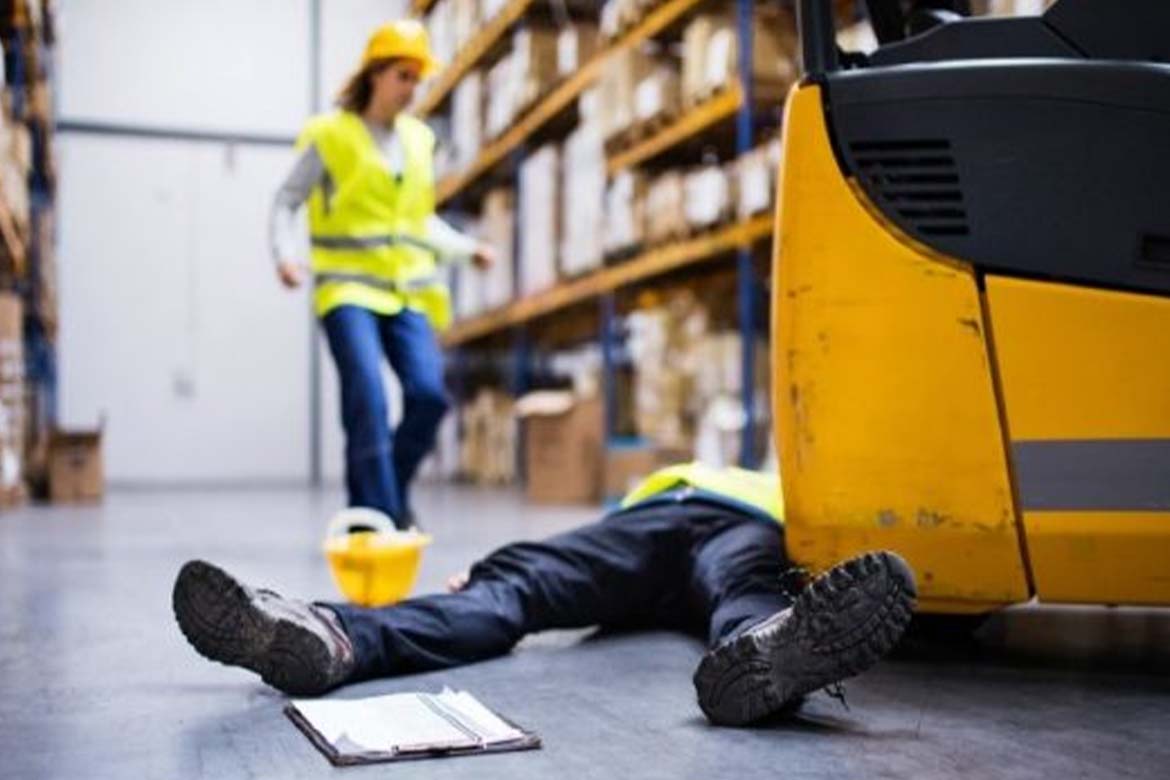
A hazard can generate various risks, as it may have the potential to cause harm in a number of ways. In our hazard example, we used a forklift truck.
There are several ways harm could occur from the use of a forklift truck, including:
- Contact with pedestrians.
- Overturning
- Contact with other vehicles and machines
- Dropping the load
- Un authorised use.
Conclusion
So you should now know what a hazard is (something with the potential to cause harm) and what a risk is (the chance that somebody could be harmed by the hazard). It is important to distinguish between hazard and risk.Activities may have many hazards, but the level of risk can be reduced by good management and controls. In fact, the whole purpose of risk assessments is to control risks so that work can be carried out safely. Where you can eliminate hazards, you can remove the risk. In circumstances where hazards cannot be removed, they can be controlled and the risks reduced. By identifying hazards, and the risks associated with them, you can put in place control measures and careful management, so that the remaining (residual) risk is low.
Contact Us
Kindly call our Experts @ +91 8121563728 / +91 8015527650 or mail us @ kalyan.r@greenworldsafety.com / indumanasa.m@greenwgroup.com
Get Your Query Answered / Get Expert Assistance To Choose the Right Course for You Or Your Associates

